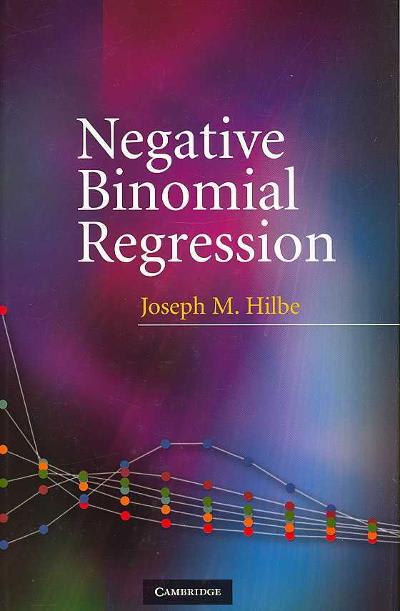Question
Methods you will analyze a dataset that compares the ability to sense a smell associated with food in two different age groups of king penguins
Methods
you will analyze a dataset that compares the ability to sense a smell associated with food in two different age groups of king penguins (adults and chicks).
Read the background information below and answer the questions interspersed throughout as you go.
Experimental Background
King penguins (Aptentodytes patagonicus) are a species of seabird that can be found at sea or on various islands surrounding the Antarctic. These birds can forage for food broadly, sometimes more than 400 km from the beaches where they raise their young (Bost et al., 2002). Adult penguins spend most of their time foraging at sea, but when breeding or feeding their young they will spend periods of time onshore.
King penguin chicks usually hatch between January and March. Once they have hatched, parents feed their young to prepare them for the coming winter. In the winter months (~June - Septembers since we are thinking about the southern hemisphere), chicks undergo what is known as a creching period, where they fast and cluster together on the beach to withstand the cold. Once this is over, chicks get fed by their parents again from September to December, reaching maturity in the creche. When they are ready, the older chicks will join their parents on their first foraging trips (see Descamps et al., 2002).
The prey of penguins is often difficult to find since the ocean is very large and resources are unevenly distributed. Penguins, like other predators, must seek out the productive patches where their prey is. These discrete patches of productivity arise due to variation in abiotic factors such as temperature, nutrient availability, and the patterns of the currents.
It is still not clear how penguins are able to find these patches where food is abundant, but one possible signal is the scent of an airborne gas, dimethyl sulfide (DMS). This gas is what is known as an infochemical, which means any chemical cue that tells organisms something about their environment. DMS is derived from dimethylsulfoniopropionate (DMSP), which is associated with the presence of phytoplankton (plant plankton) that make up the basis of the marine food web (Raina et al., 2013). DMSP gets converted into DMS when phytoplankton are being preyed upon by organisms such as fish, which may be a prey source for penguins. DMS releases into the air above the phytoplankton patch may thus serve as an airborne indicator of penguin prey location (Berresheim et al.,1989).
In this experiment, both adult penguins and their chicks were studied to see if they could detect and respond to DMS. Birds were studied when they were asleep to see if they would wake up if they smelled the signal that prey was near (DMS). Each age group (adult and chick) were divided into two treatments: one would be exposed to the scent of DMS (DMS dissolved in vegetable oil), and the other would be exposed to a control odor (vegetable oil alone). The birds' response to the odor was ranked on a scale of 0-2, with 0 being no response and 2 meaning that they were woken up.
Activity
You will now determine whether penguins respond the presence of DMS. We will evaluate chicks and adults separately (Note: if you've take another statistics course, you may recognize another approach could be used to assess this data).
First, complete the following steps for the adult data.
1. Given the biological information above, create null hypothesis about the relationship between king penguins and DMS that you expect to be able to observe and test using the experimental data. Your hypothesis should focus on what you expect to see when comparing the responses of the two groups (the one exposed to DMS and the one exposed to the control) and consider the average response to DMS in the two groups.
2. Then create corresponding alternative hypotheses.
Now open the dataset below (titled "Sleeping") in either Excel or Google Sheets. Note is has two tabs, one with adult and with chick data.
4. First, visualize the data for each treatment group. What type of graph would you use to visualize this data (examples include scatterplots, bar graphs, etc.)? Explain your choice and make the chart(s) (hint: ask your instructor about having multiple histograms on one chart or check out the Data Summaries in Google Sheets page. ) You can make one chart for the adult data and one for the chick data.
5. Calculate the summary statistics for each treatment group (mean, sample size, standard deviation, and standard error). These are useful numerical summaries of the data.
Use MSExcel/Google Sheets formulas to do. Use =AVERAGE() and=STDEV() for computing the mean and standard deviation respectively. To calculate your sample size (n), you can either count up your data points or use =COUNT().
MSExcel and Google Sheets do not have formulas for standard error (SE), so you will need to create own. SE = SD?n, in MSExcel you can use =()^0.5 or =SQRT() to calculate square root, your formula then becomes SE = SD/(n^0.5) or SE=SD/SQRT(n). Enter your formula in the SE cell =SD/(n^0.5).
6. Compile a table in your lab report of the summary statistics of your data like so:


Step by Step Solution
There are 3 Steps involved in it
Step: 1

Get Instant Access to Expert-Tailored Solutions
See step-by-step solutions with expert insights and AI powered tools for academic success
Step: 2

Step: 3

Ace Your Homework with AI
Get the answers you need in no time with our AI-driven, step-by-step assistance
Get Started


